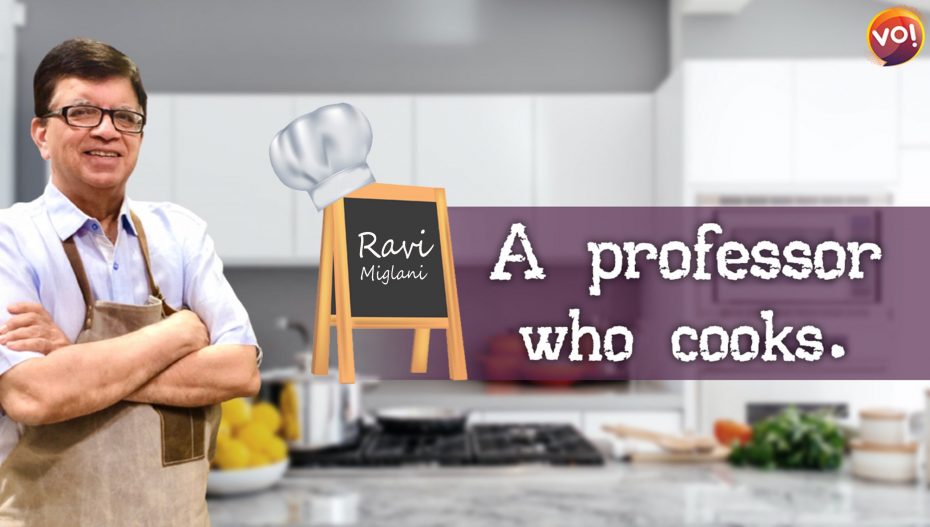Food does not flourish in a vacuum. It is an integral part of culture and identity. And when food travels, the context, and the culture around it, needs to travel too. Otherwise, food becomes just an isolated transplant from one place to another, without the stories and rituals that surround it in its country of origin. And food without stories is like chaat without chutney. We eat the stories; the spice is in the stories. Without the context, you might throw a whole masala dabba into your food, and it will still taste bland.
So, when we adopt a ‘foreign’ food, we need to do it with sensitivity to the milieu of its origin. And that takes time. Decades, centuries. Chinese food came to India via Kolkata, the birthplace of Indian Chinese food. It all started with Hakka Chinese traders who settled in the then Calcutta in the late 1700s, when it was the capital of the British East India Company. The Chinese immigrants needed to feel a nostalgic connection with the motherland, while making do with local ingredients. A new cuisine evolved over the ensuing century in and around Tangra, the Chinatown in Kolkata.
As all immigrant communities do, over a century, the Chinese immigrants achieved a finely balanced assimilation of their culture with Indian sensibilities, ingredients, and tastes. They figured out that Indians love spice and oil. The Chinese masala-fied and fried their food into delectable Indo-Chinese classics.
This cuisine is an organic slow assimilation of Indian and Chinese food, combining the deep-fried, spicy flavours of India with Chinese ingredients like soy sauce and vinegar. New sub-cuisines emerged. Like Schezwan, an Indianism for the spicy food from the Sichuan province of China; dried red chillies replacing the difficult-to-find Sichuan peppercorns. Other wonders appeared over the decades, like Manchurian-style cooking, where meat and vegetables balls (much in the styles of koftas and pakoras) flavoured with quintessential Indian aromatics like garlic, ginger, and green chillies, are battered and fried, but then they eschew the garam masala and take a sharp left turn to soy sauce, cornflour, and vinegar.
Similar slow assimilation happened when sailors from East Bengal (now Bangladesh), working on British ships in the early 1900s, disembarked in English port cities and started making a version of Indian food, tweaked to British tastes: mildly spiced, doused in a surfeit of cream, yoghurt, and tomato sauce. And a whole nation got hooked to Chicken Tikka Masala. The cuisine grew organically and slowly. It is now a sub-genre of Indian cuisine, with its own variegated history and stories.
All these mutations were assimilations over decades, where the two cuisines and the two cultures mingled. Cooking methods and ingredients did a slow dance to achieve new heights of flavours. Immigrants become a little local, the locals became a little foreign. Everyone thrived and flourished on this new food, that belonged neither here, nor there, but everywhere.
That brings me to the dreaded F-word. Fusion. When a cuisine or an ingredient is uprooted and dropped unceremoniously on another cuisine, suddenly and not organically, one gets abominations like overcooked pasta drowning in a pink sauce, that is more masala gravy than a sauce. One gets noodles, doused in masala and topped with a mountain of nondescript processed cheese. The pasta has a pride of place in its Italian home. There is a whole culture around pasta in Italy, with the endearing imagery of the doddering nonna hand-rolling the exquisite pasta shapes. And then leaving them just al dente, and lightly dressing it in a flavourful sauce of vine-ripened tomatoes. None of that culture accompanied it when pasta arrived at the ubiquitous food carts on every street in India. There was no cultural dialogue between the pasta-making Italians and the masala-making Indians. The pasta was cooked to within an inch of its life, and plopped into an Indian gravy masquerading as sauce.
That is mindless fusion. Forced merger of two cuisines – without the slow-cook assimilation of the culture – leads to fusion confusion. And, before you know it, we are left with abominations like Butter Paneer Pizza; two great world cuisines murdered in one stroke.
This Professor Cooks. And talks about food ideas, food science, food culture, food hacks, and food history. Watch this space for some food, and a lot more food for thought.
Ravi Miglani is a home cook and consumer insights professional. Following a corporate career spanning eight countries and three decades, he is now a professor at Ahmedabad University (when he is not cooking).










